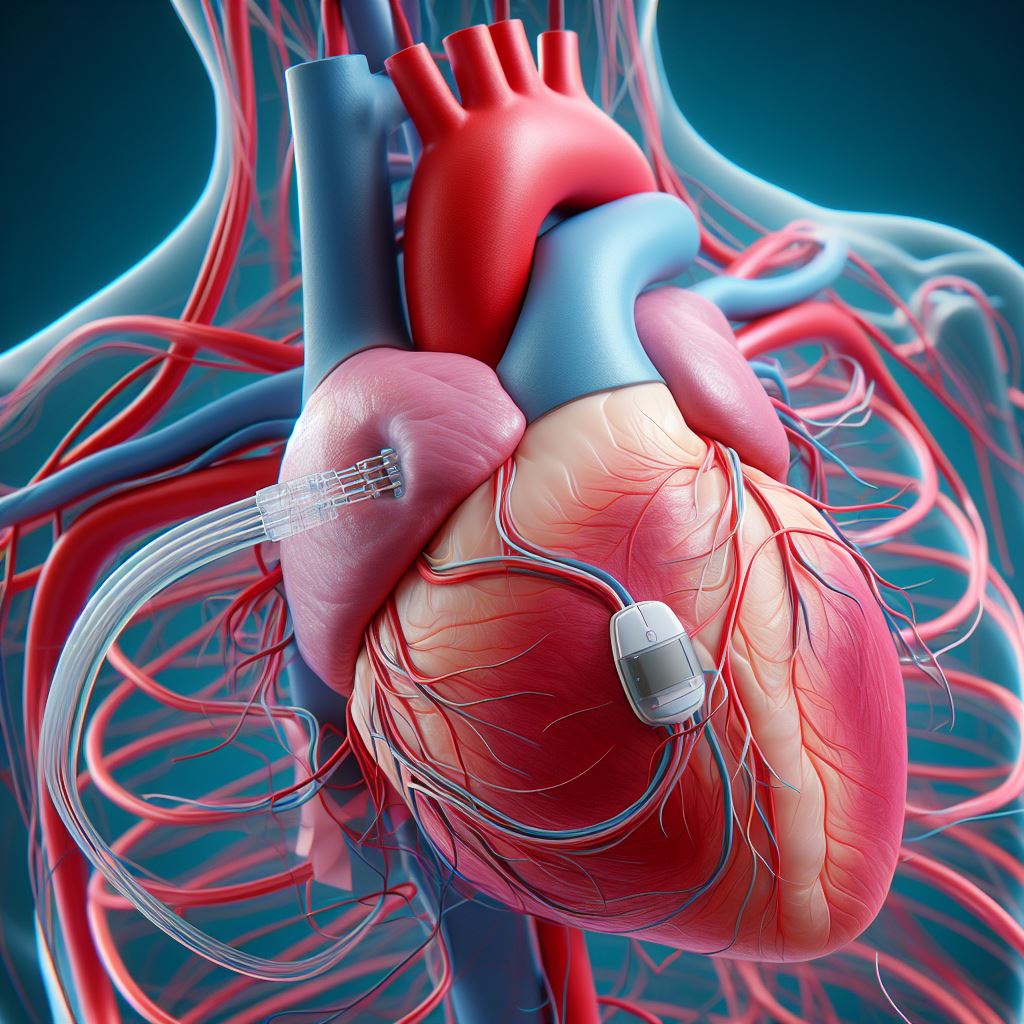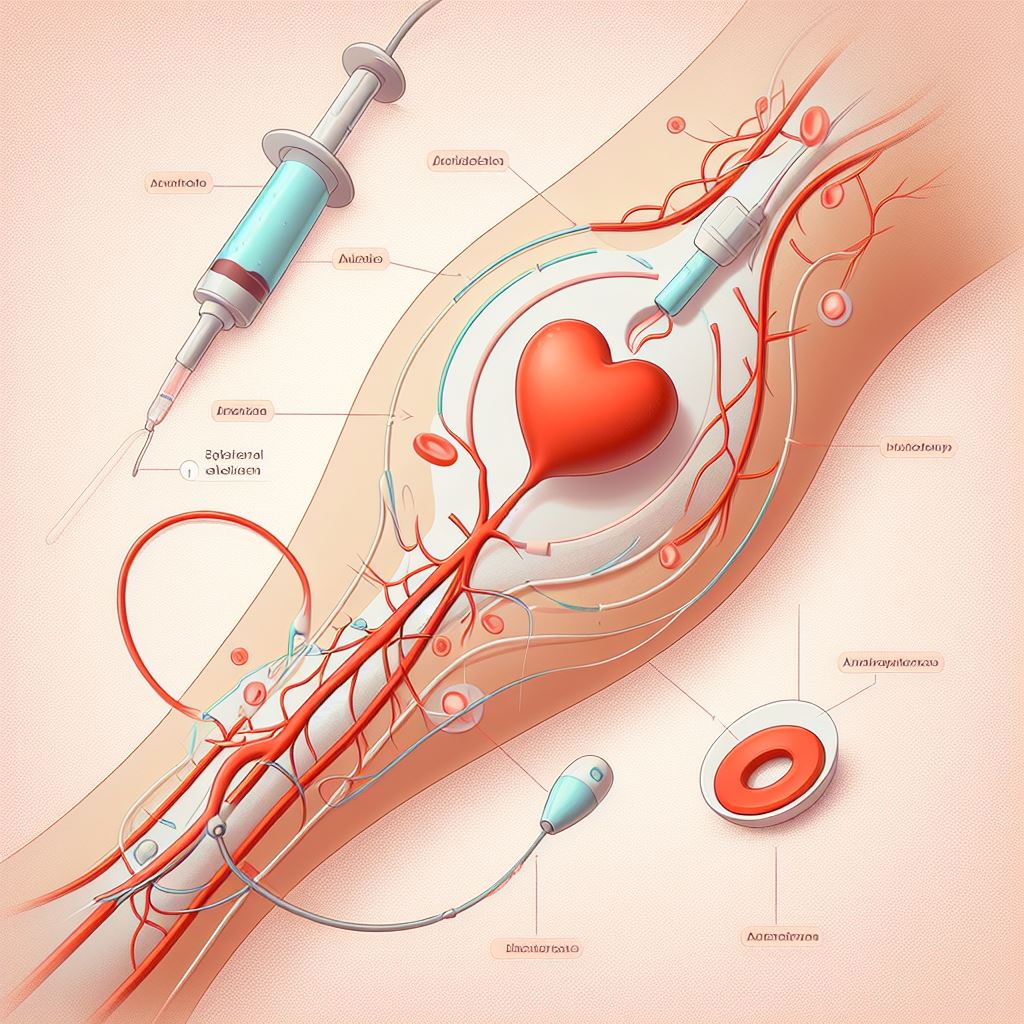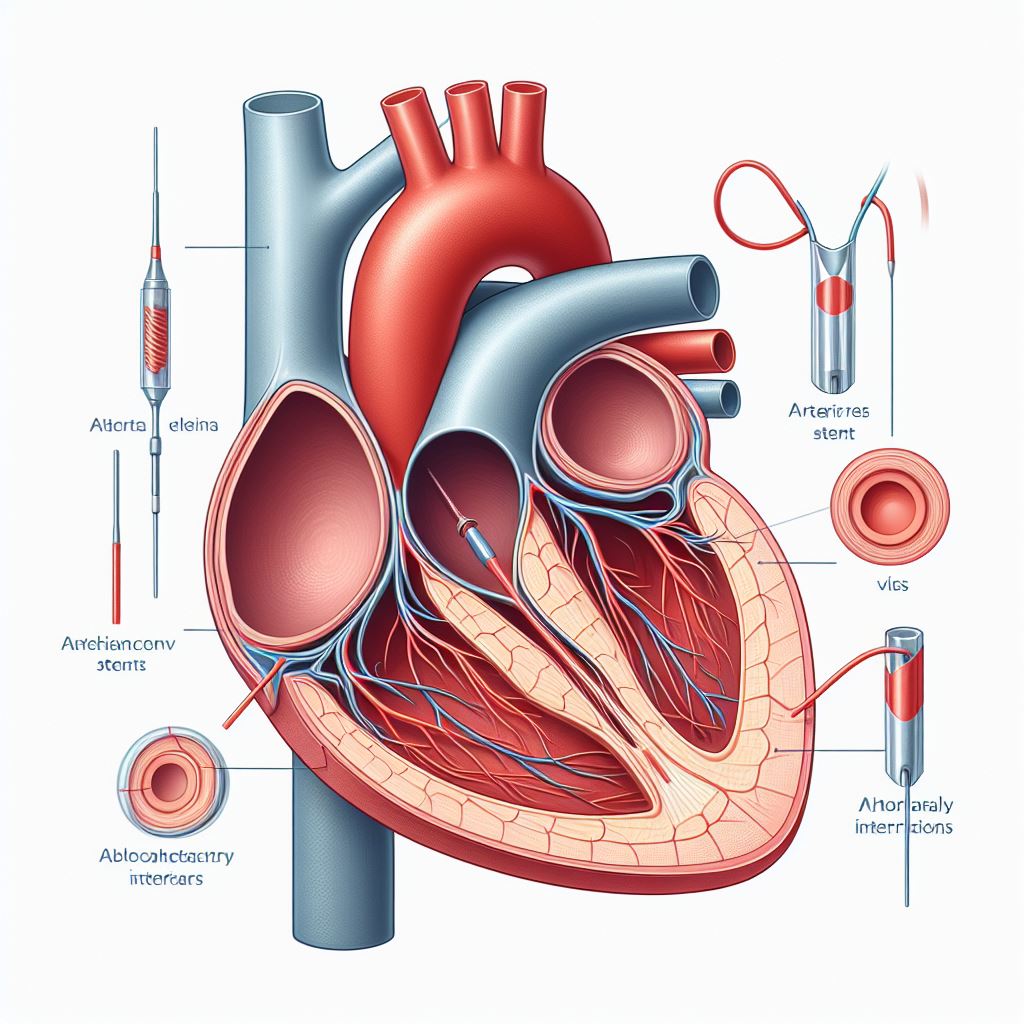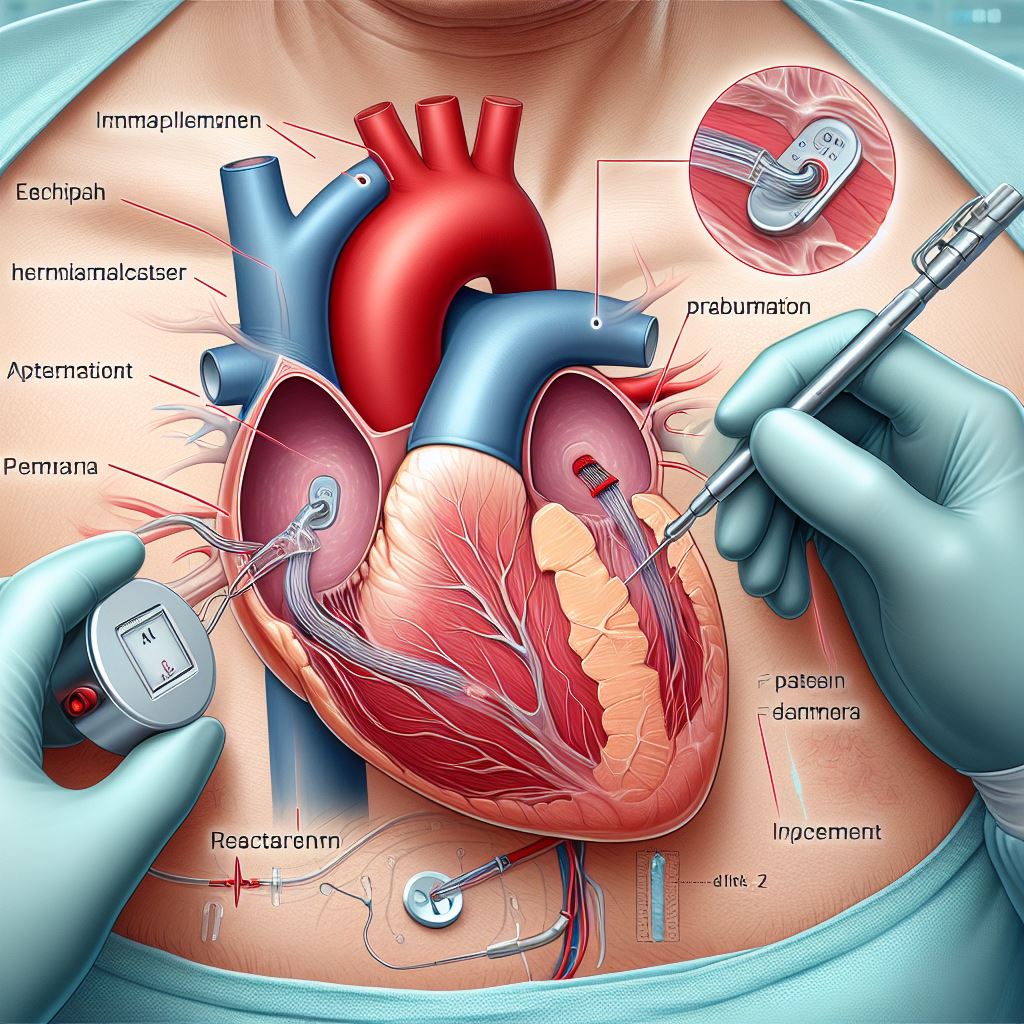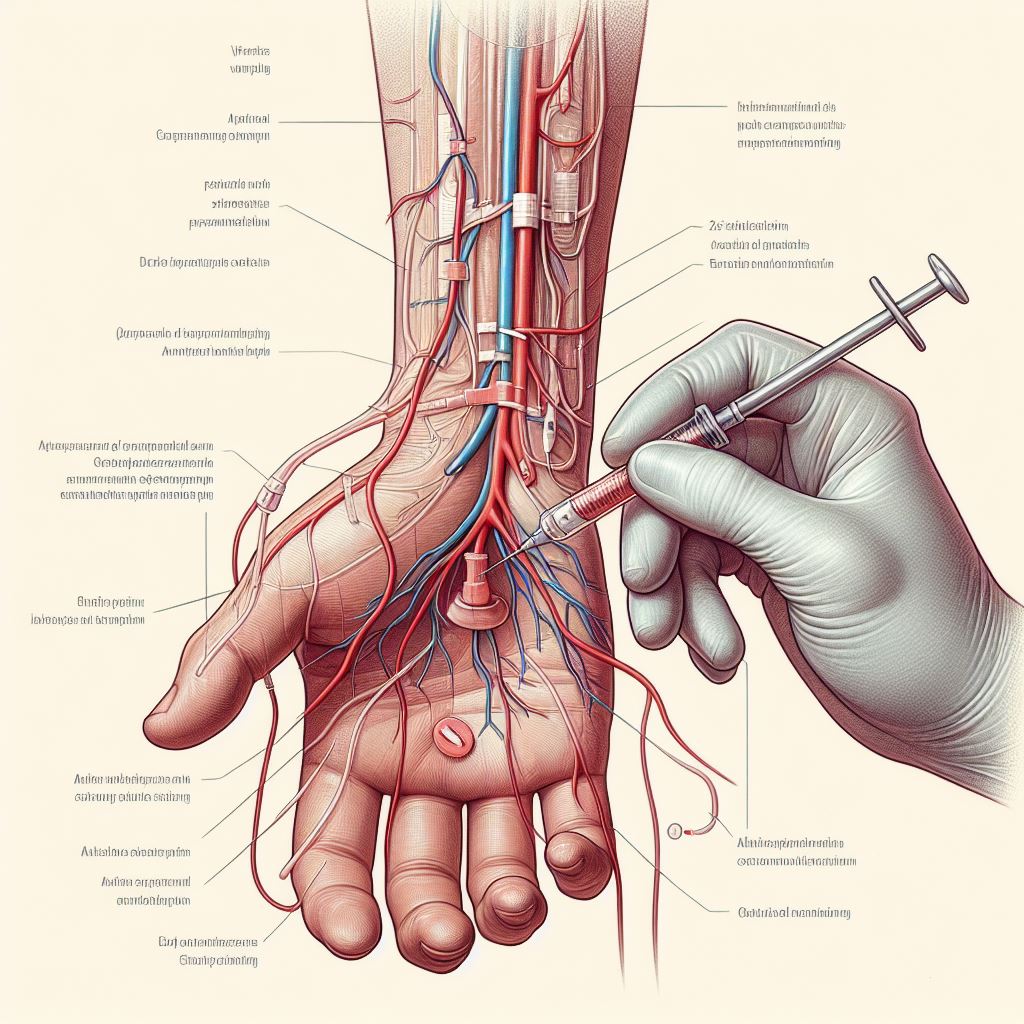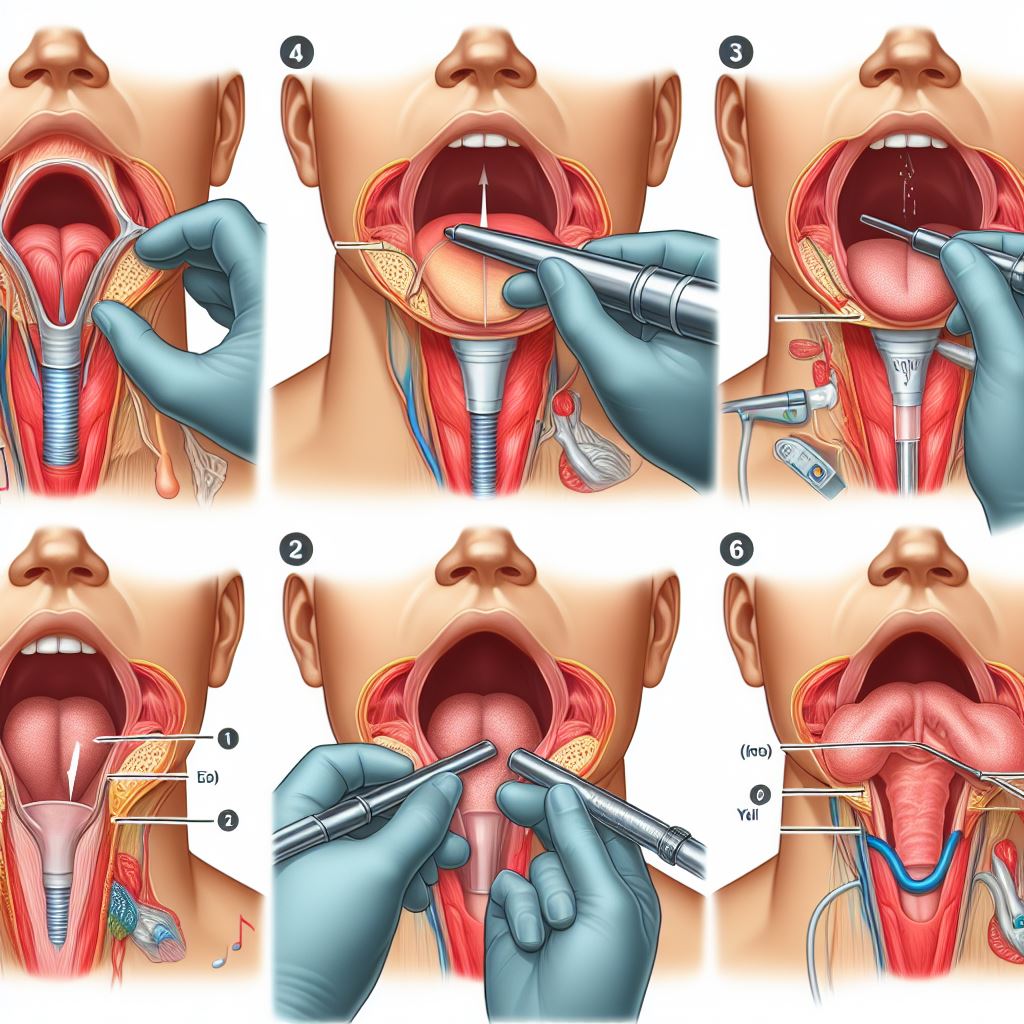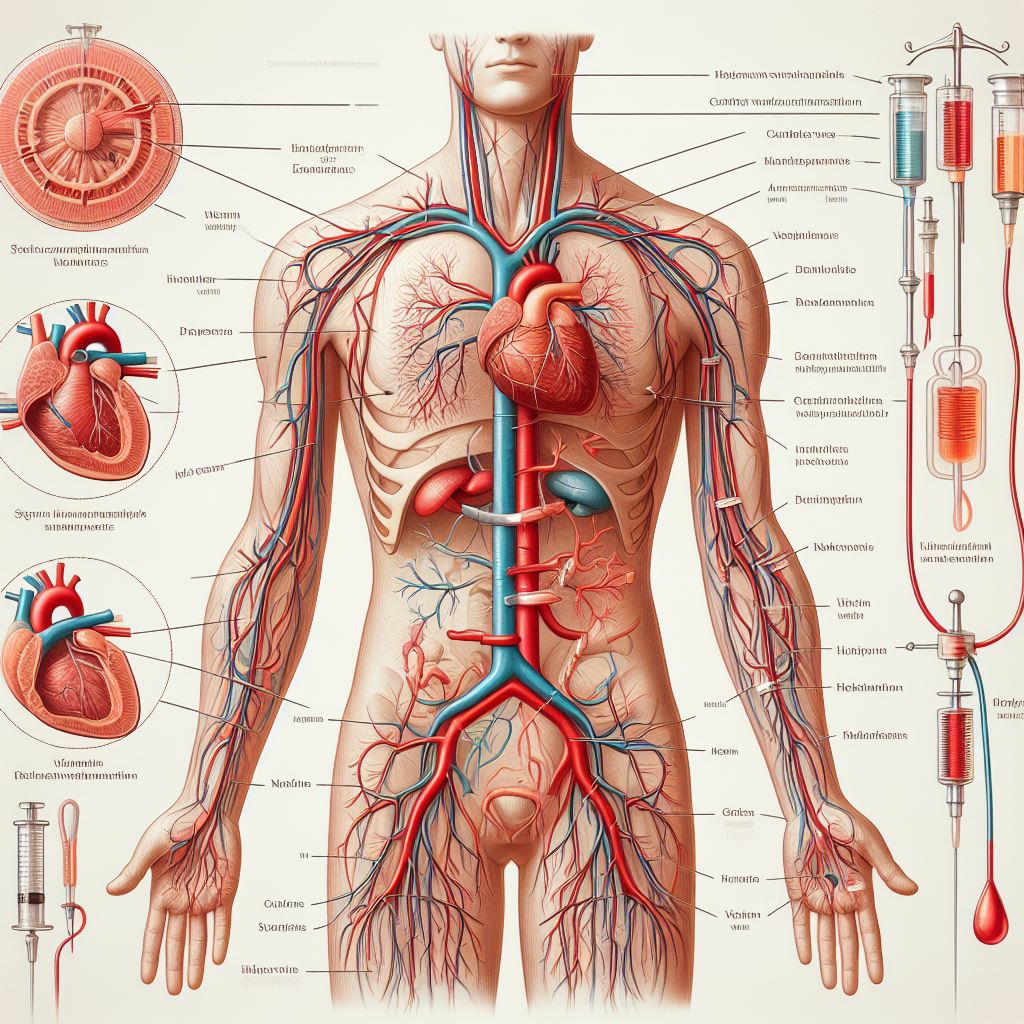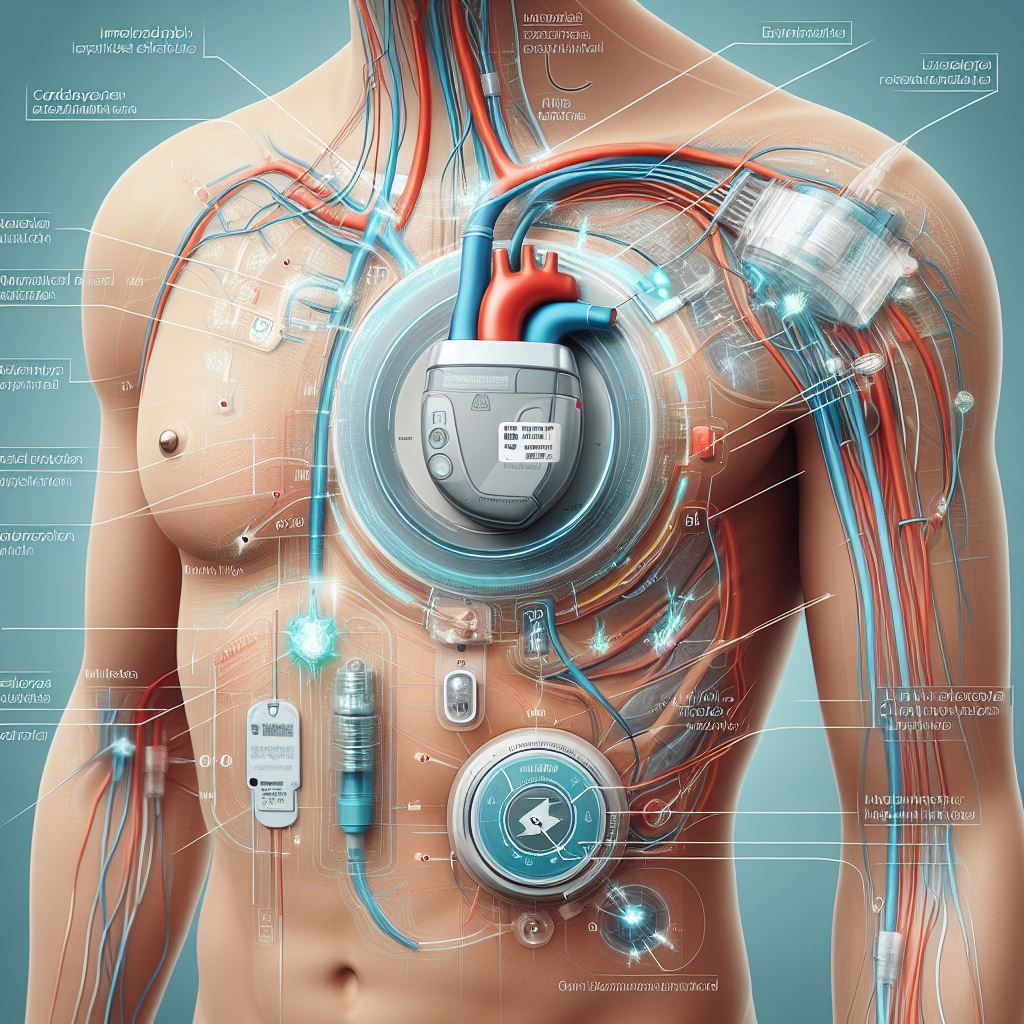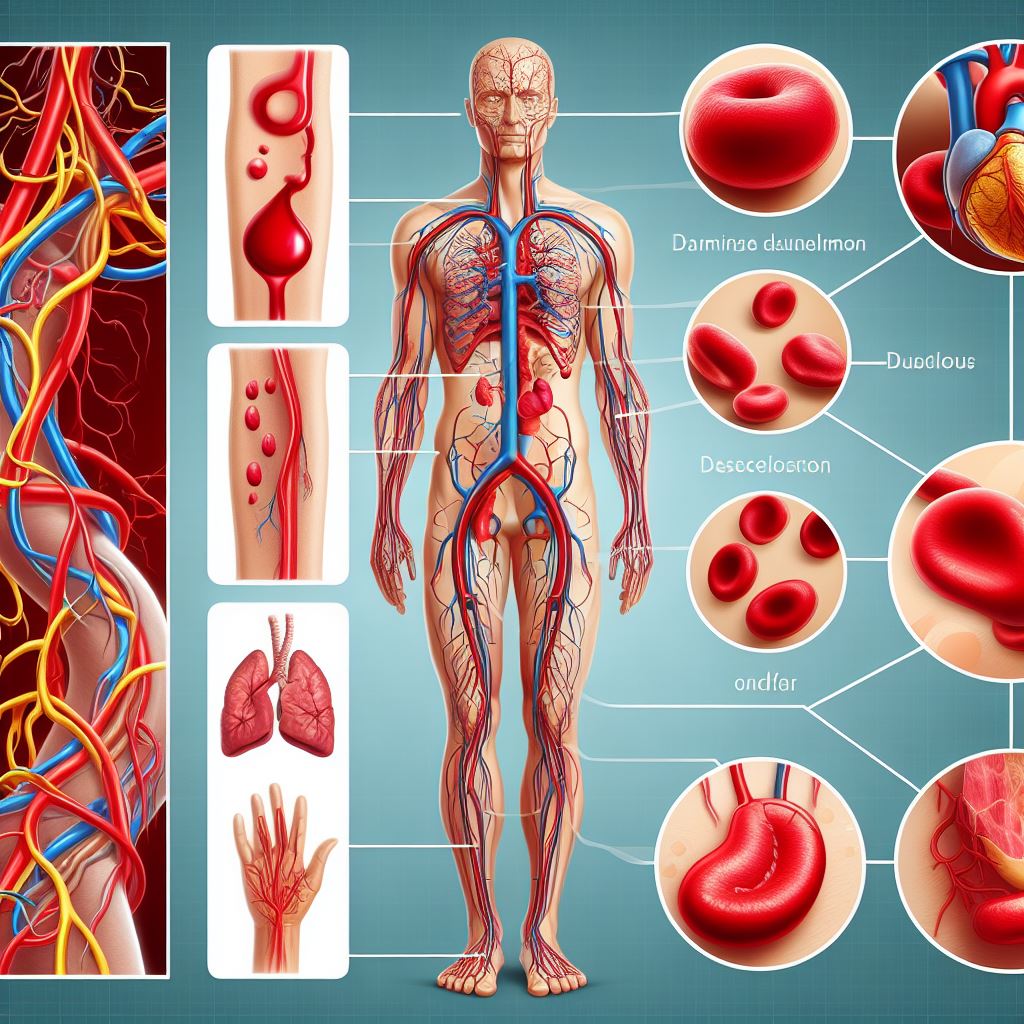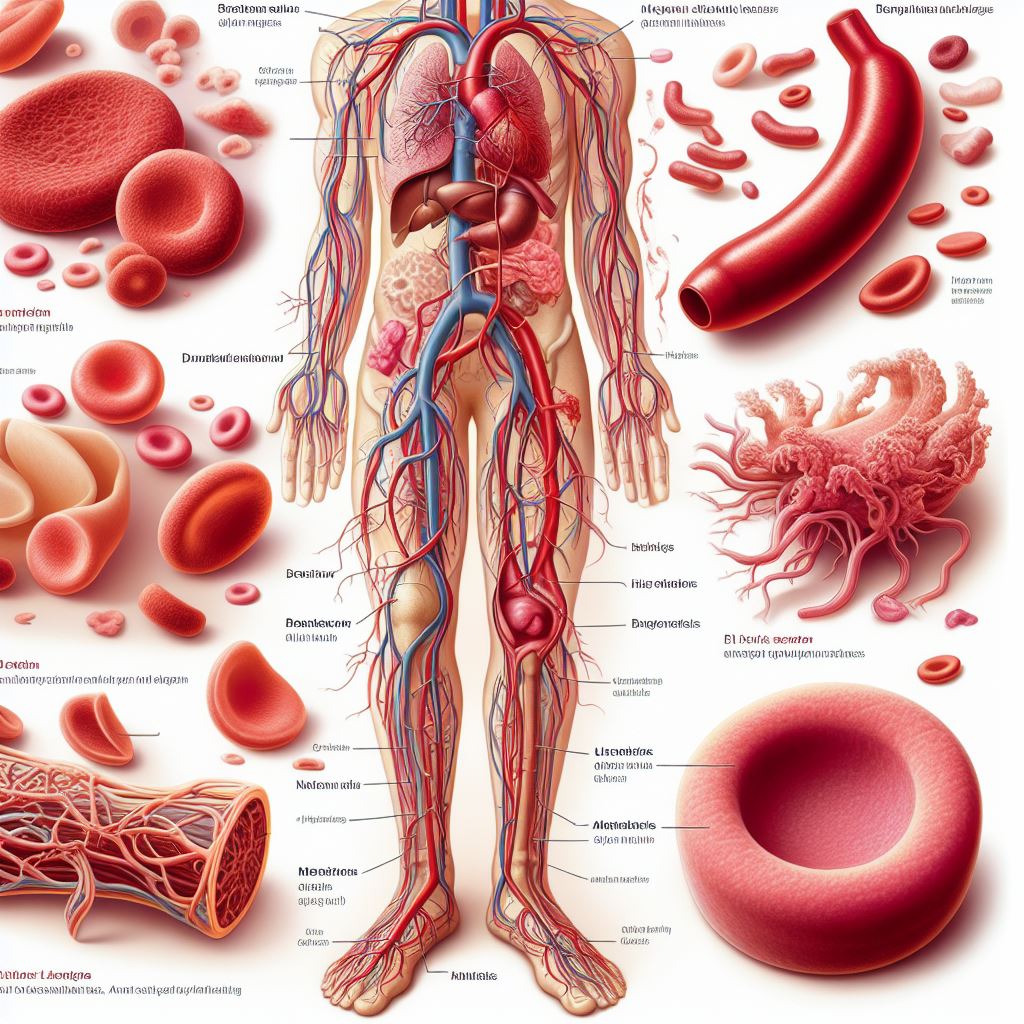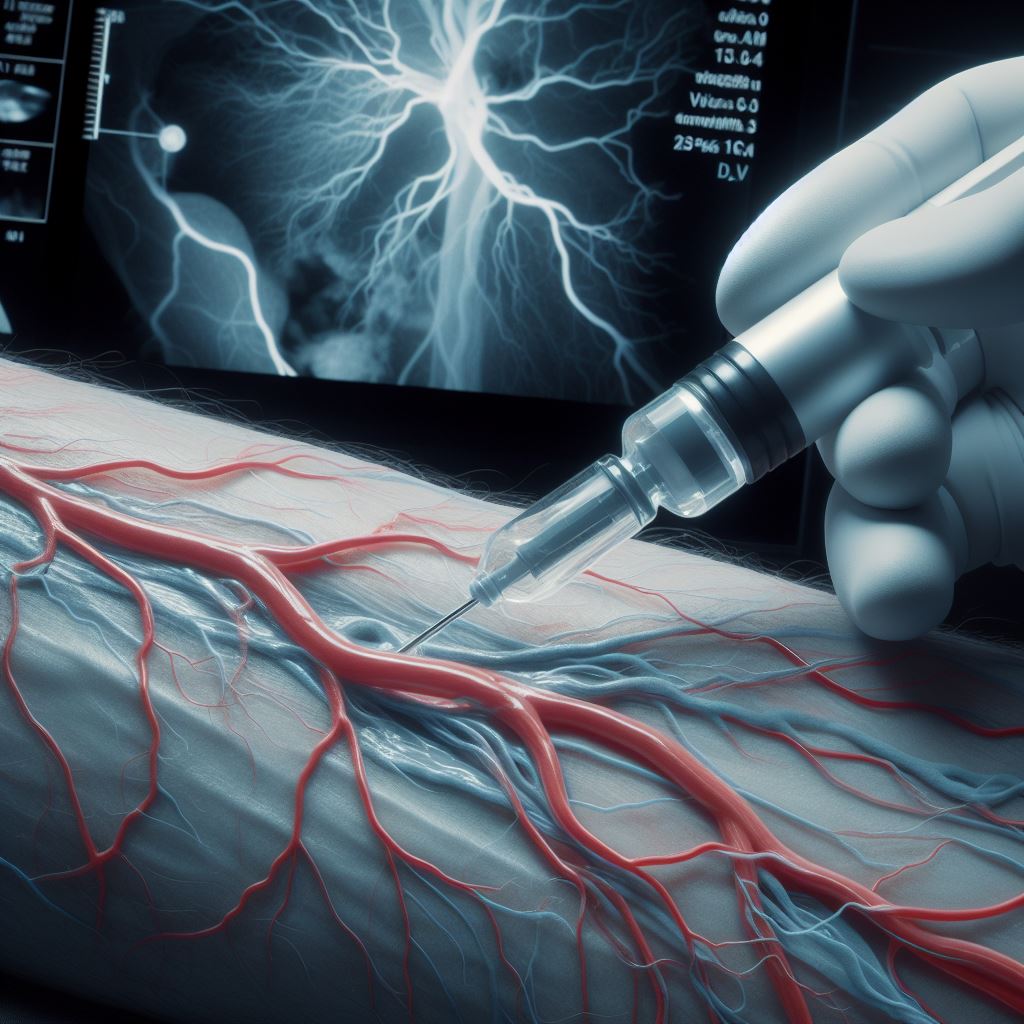
Peripheral Angiography and Interventions
Peripheral Angiography and Interventions: A Comprehensive Overview
Overview:
Peripheral Angiography is a crucial
diagnostic tool that allows healthcare professionals to visualize blood vessels
in peripheral areas like the legs and arms. This procedure is instrumental in
diagnosing conditions such as peripheral artery disease (PAD) and interventions
to restore normal blood flow.
What is a Peripheral Angiogram?
A Peripheral Angiogram is a diagnostic
procedure that uses contrast dye and X-rays to create detailed images of blood
vessels. By threading a catheter through blood vessels to the area of interest,
healthcare providers can identify blockages, narrowings, or other abnormalities
affecting blood flow.
Why do people have this test?
Peripheral Angiography is performed for
various reasons:
1. Diagnosis of PAD: To evaluate the extent of peripheral artery disease.
2. Blood Flow Assessment: To assess blood flow to the extremities.
3. Identification of Abnormalities: To pinpoint blockages or abnormalities in blood vessels.
4. Interventions: To plan and implement peripheral interventions.
How do I prepare for the test?
While specific instructions may vary,
general preparations may include fasting before the procedure, communicating
allergies or medical conditions to your healthcare team, and adjusting
medications as directed.
What happens during the test?
In the angiography suite, a catheter is
navigated through blood vessels to the area of interest. Contrast dye is then
injected, and real-time X-ray images are captured, providing a detailed view of
blood flow and identifying any issues.
What happens after the test?
After the procedure, you'll be
monitored for a short period to ensure no immediate complications. Your
healthcare provider will discuss the findings with you and determine the next
steps in your treatment plan.
What happens after I get home?
Home recovery may involve taking it
easy for a day or two and following any post-procedure instructions closely.
Attending follow-up appointments is crucial for discussing results and
potential interventions.
Peripheral Interventions:
Identified issues during the angiogram
may lead to Peripheral Interventions, which are minimally invasive procedures.
These can include angioplasty, stent placement, or atherectomy to improve blood
flow and alleviate symptoms.
For personalized guidance and concerns
about Peripheral Angiography and Interventions, consult with your healthcare
provider. This information serves as a general overview; individual experiences
may vary. Always follow specific instructions provided by your healthcare team.
If you have any questions, don't hesitate to reach out for clarification.





